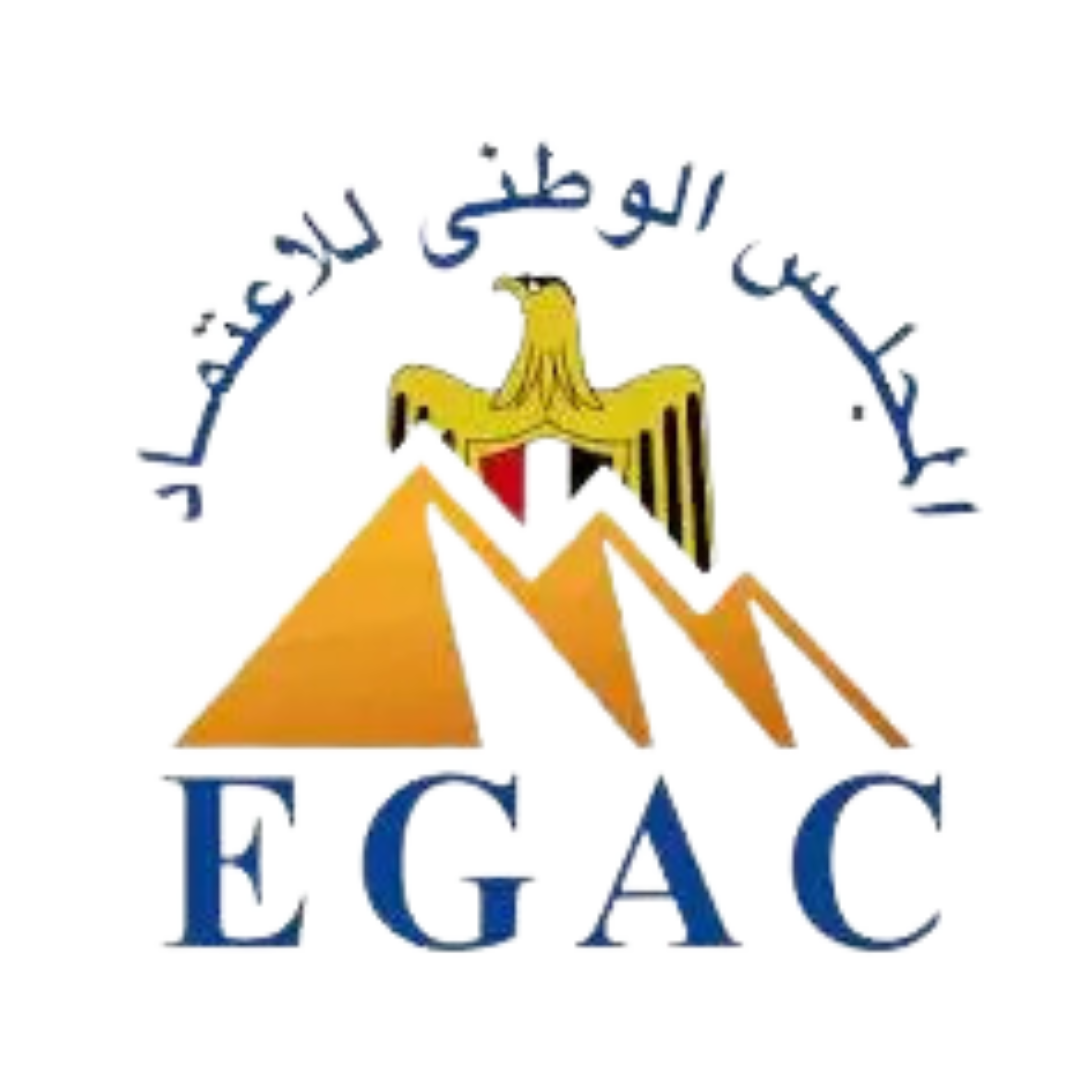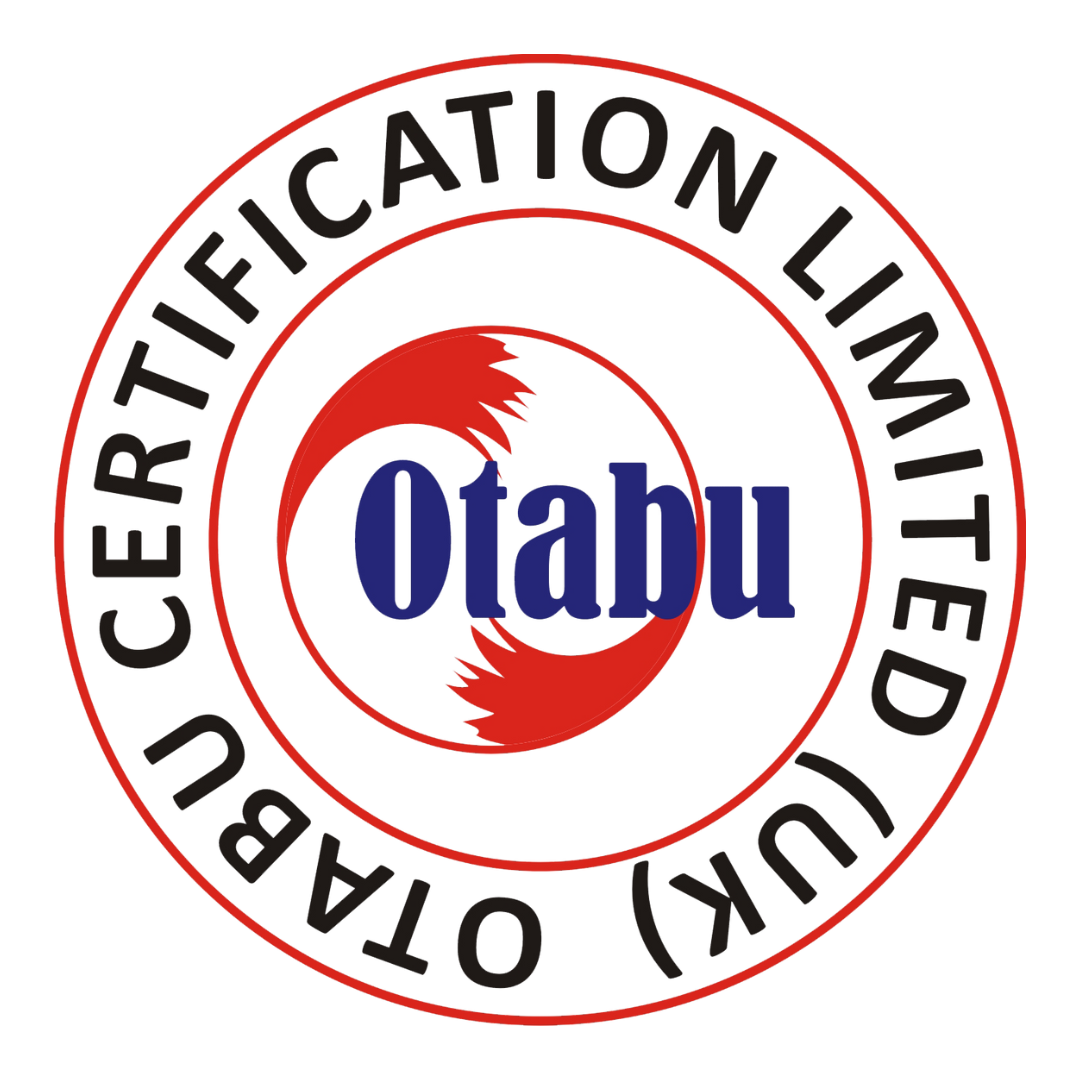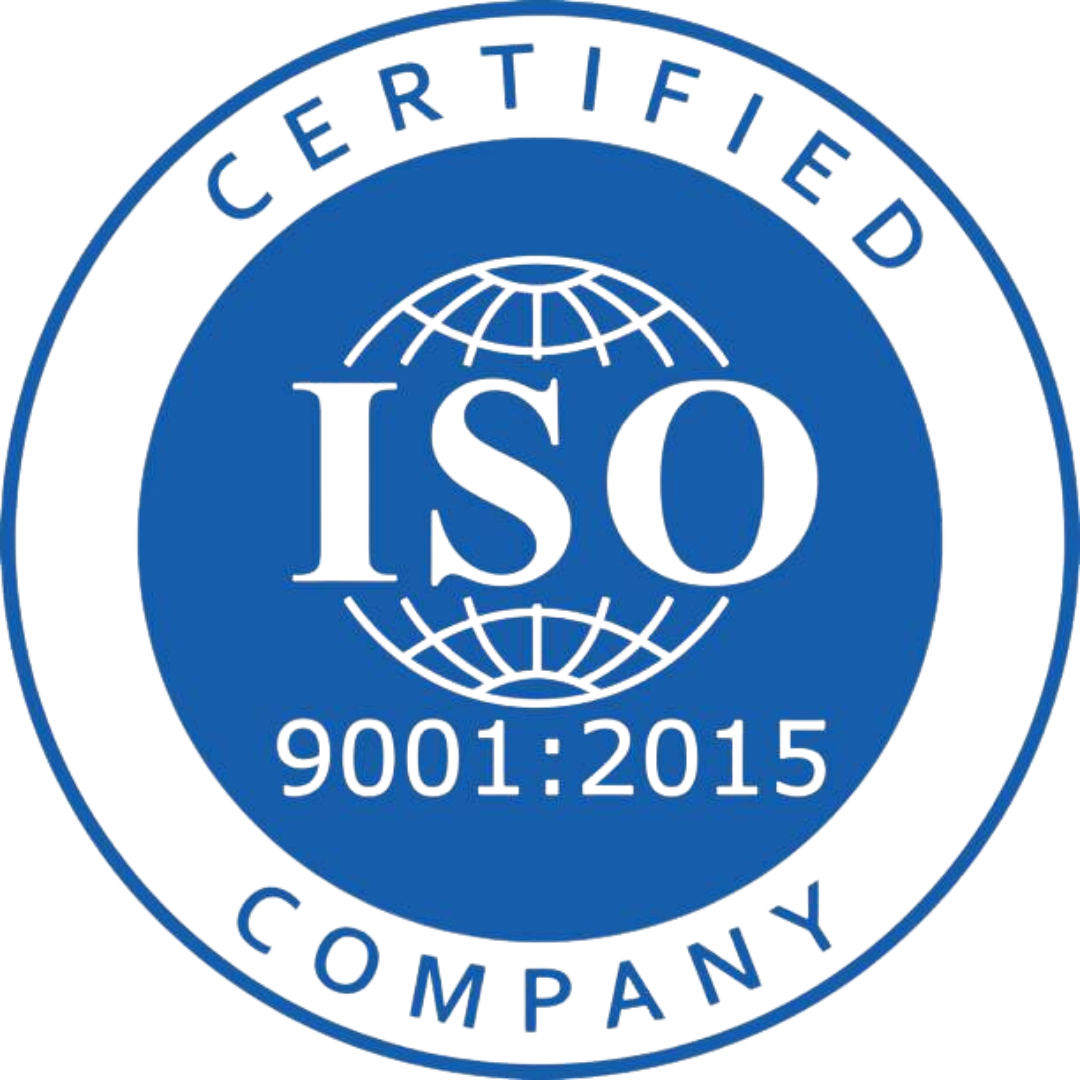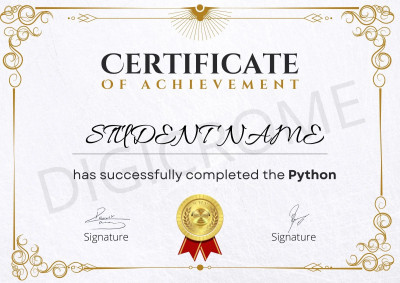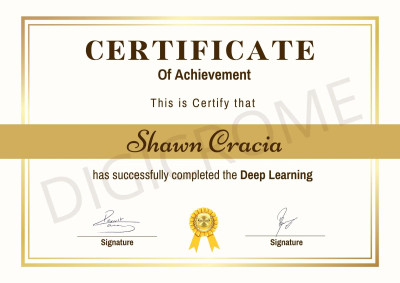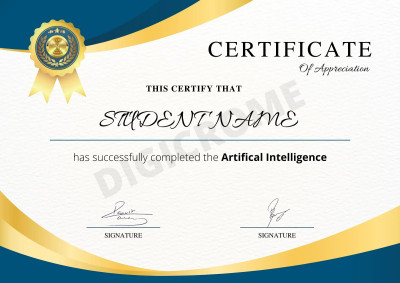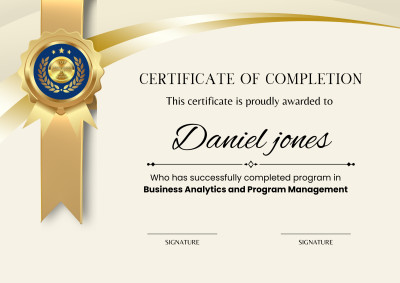Program Overview
Fast-track your career in Data Science with our exclusive Advanced Certification Online Data Science with AI program - the PGP-DS (Post Graduate Program in Data Science). Developed by industry leaders, this comprehensive course covers Python, Exploratory Data Analysis, Machine Learning, Deep Learning, and more, providing hands-on exposure to essential technologies.
Key Features:
Comprehensive Curriculum: Our meticulously designed curriculum ensures a seamless progression, introducing learners to interconnected facets of Data Science, including Python, SQL, Tableau, Machine Learning, Deep Learning, Exploratory Data Analysis, Data Visualization, and Artificial Intelligence.
Expert Faculty: Delivered by industry leaders, our immersive lectures leverage advanced technological tools for a rich learning experience. Dedicated program managers are available to address non-curricular queries and manage aspects of the course.
Hands-on Learning: The program integrates assignments and projects, allowing you to test and apply newly acquired knowledge constructively. Instructors provide detailed feedback, fostering active participation.
Networking Opportunities: Our platform facilitates learner networking, connecting you with peers, mentors, and industry professionals. Communication channels include email, voice calls, and video calls, enhancing the online learning experience.
Flexible Support: One-on-one doubt-clearing sessions, coupled with email, voice call, and video call support, ensure a smooth learning journey. The dedicated support system covers study material-related doubts and managerial queries.
Why Choose Digicrome's Data Science with AI Course?
Digicrome addresses the demand for highly skilled Data Science and AI professionals. Tailored for young professionals and individuals from various industries, our program offers a competitive edge in the ever-evolving field of Data Science and Artificial Intelligence.
Embark on a transformative journey with Digicrome's Advanced Certification Online Data Science with AI course. Gain a competitive edge in the ever-evolving field of Data Science and Artificial Intelligence. Enrich your career prospects and become an expert Data Science professional today.
Post Graduate Program In Data Science with Artificial Intelligence
- ₹299000.00
Features
- 11-Months Live Online Program
- Guaranteed Job Placement Aid*
- Next Batch 27/07/2024
- Industry Projects
Key Highlights
 11-Months Live Online Program
11-Months Live Online Program Guaranteed Job Placement Aid*
Guaranteed Job Placement Aid* Next Batch 27/07/2024
Next Batch 27/07/2024
 Industry Projects
Industry Projects
 12 -Months Internship
12 -Months Internship
 Expert Experienced Trainers
Expert Experienced Trainers
 1 Month Job Interviews Preparation
1 Month Job Interviews Preparation
 1:1 Doubt Session
1:1 Doubt Session
Program Objective
1. Anaconda
- About Anaconda
- Why use Anaconda?
1.1 Anaconda Installation.
- How to install it?
- Using Anaconda
- Environment Creating in Anaconda
- Activating Environment in Anaconda
- Deleting Environment
- Libraries Installing In Anaconda and more
1.2 Jupyter Notebook Introduction
- What is Jupyter Notebook
- Why use it
- Layout understanding of Jupyter
1.3 Jupyter Notebook Shortcuts and how to work with it.
- Launching Jupyter from Anaconda prompt
- Short Cuts
- Add deleting cells
- Markdown cell Tricks
- How to work fast in jupyter
1.4 LMS Overview
- How to use LMS
- How to Create a Support Ticket
1.5 Python Introduction
- Basics Of Python
- Data Structures in Python
- Control Structure And Functions
- OOP in Python
- Python NumPy - functions
- Data Wrangling using Pandas
- Exploratory Data Analysis Using Matplotlib
- Exploratory Data Analysis Using Seaborn
- Data Visualization using Plots
- Web Scraping
- Introduction to Statistics And Understanding the Data
- Descriptive Statistics, Measures of central tendency, and dispersion
- Inferential Statistics
- Probability Distribution, Confidence intervals, and hypothesis testing
- Sampling Techniques
- Statistical significance using p-values
- Regression Analysis And Correlation analysis
- Introduction to Bayesian statistics
- Tableau Overview and its implementation
- Power BI-Overview and its Implementation
- Google Data Studio and its Implementation
- Data Analysis using SQL
- What is ML
- Why ML
- Types of ML
- Main Challenges - Overfitting, Underfitting, Poor Quality data, Irrelevant Features etc
- What are Hyperparameters
- How to Select ML model
- Accuracy
- Recall
- Precision
- F1 Score
- Confusion Matrix
- Classification Report
- Precision/Recall Tradeoff
- ROC Curve
- AOC Curve
- Binary and Multilabel Classification
- Feature Engineering and Feature Importance/Selection
- Gradient Descent and Stochastic Gradient Descent
- Logistic Regression
- K Nearest Neighbors
- Naive Bayes
- Support Vector Machines
- Linear Discriminant Analysis
- Decision Trees
- Hyperparameter Tuning - GridSearchCV and RandomizedSearchCV
- Bagging - Eg: Voting Classifiers
- Boosting - XG Boost, Adaboost, etc
- Cross-Validation
- Random Forest Classifier
- XG Boost Classifier
- Stacking
- Hyperparameter Tuning
- Simple Linear Regression
- Multiple Linear Regression
- Polynomial Regression
- Cost Function and Gradient Descent
- Performance Metrics - MSE, RMSE, MAE etc
- Heteroskedasticity, Non Normality and Correlated Errors
- Hyperparameter Tuning
- Decision Tree Regressor
- Support Vector Machines
- K Nearest Neighbors
- Random Forest
- Boosting
- Hyperparameter Tuning
- Introduction to Unsupervised Learning
- K Means Clustering
- Hierarchical Clustering
- Model-Based Clustering
- DBSCAN
- Anamoly Detection using Gaussian Mixtures
- Dimensionality Reduction - Principal Component Analysis ( 1 Class)
- Recommendation Systems ( 2 Class)
Deep Learning and Artificial Intelligence ( On Topic Total 32 Class )
- Deep Learning using Keras and Tensorflow ( 8 Classes )
- Biological to Artificial Neurons
- The perceptron
- Multi-layer Perceptrons (MLPs)
- Input Layer, Hidden Layers and Output Layers
- Weights and Biases
- Regression MLPs
- Classification MLPs
- Activation functions and Optimizers
- Building a Neural Network using Sequential API
- Building a Neural Network using Functional API
- Building a Neural Network using Subclassing API
- Saving and Restoring a Model
- Callbacks
- Vanishing/Exploding Gradients
- Batch Normalization
- Gradient Clipping
- Transfer Learning - Using Pretrained Layers
- Pretraining on Auxiliary Task
- Faster Optimizers - RMSprop, AdaGrad, Adam, Nadam, Nesterov Accelerated Gradient
- Learning Rate Scheduling
- How to choose number of hidden layers and number of Neurons
- Learning Rate, Optimizer, Batch size and Activation Functions
- L1 and L2 Regularization
- Dropouts and Batch Normalization
- Max Norm Regularization
- The Architecture of Visual Cortex
- Convolutional Layers
- Feature Maps
- Pooling
- Padding
- Stacking Multiple Feature Maps
- Hands-on Experience - Building an Image Classifier using CNN ( on this topic 2 class )
- Object Detection, Image Segmentation, and Semantic Segmentation ( on this topic, 2 class )
- Learning Predefined Architectures - LeNet, AlexNet, GoogleLeNet, ResNet, VGGNet, Xception, SENet
- Transfer Learning - Using Pretrained Models from Keras
- Classification and Localization
- Time Series, Generative AI using Autoencoders, and Reinforcement Learning ( on this topic, Total 8 Class)
- Introduction to Recurrent Neurons and Layers
- Memory Cells
- Implementation and Training of Recurrent Neural Networks
- Time Series using Recurrent Neural Networks
- Deep RNNs for Time Series
- Forecasting Several Time Steps Ahead
- Handling Long Sequences using LSTM and GRU Cells
- Introduction to Autoencoders
- Encoder-Decoder Networks
- Stacked Autoencoders
- Reconstructing Fashion MNIST Data using Autoencoders
- Types of Autoencoders - Convolution, Recurrent, Denoising, Sparse and Variational Autoencoders
- Anamoly Detection using Autoencoders
- What are GANs? Why GANs?
- Generator and Discriminator
- Building a Deep Convolutional GAN on Fashion MNIST Data
- What is Reinforcement Learning?
- Learning to Optimize Rewards
- Policy Search
- Hands-on Experience using Open AI Gym
- The Credit Assignment Problem
- Q Learning and Deep Q Learning
- Implementing Deep Q Learning using keras
- Overview of NLP and its Applications
- Data Preprocessing for NLP
- Key Components - Tokenization, Stemming and Lemmatization
- Hands-on Experience - Generating AI Text
- Sentiment Analysis in NLP using Keras
- Bidirectional Recurrent Neural Networks
- Beam Search
- Sequence to Sequence Model
- Building a Basic Encoder-Decoder Network for NMT
- Introduction to Attention Mechanisms
- Visual Attention
- The Transformer Architecture
- Fine Tuning NLP Models for NLP Tasks
Hands-on Experience - Building a Basic Chatbot ( on this topic: 2 classes)
- Natural Language Processing
- Building a Basic Chatbot like Chat GPT
- How does Chat GPT work?
- Perfect execution of Chat GPT using Prompt Engineering
- Understanding Professionalism
- Management Fundamentals- Everything about communication
- Effective Email Writing
- Acing Self Introduction and Body Language
- Resume Fundamentals
- Mock Interview - I
- Mock Interview - II
- Group Discussion
Final End-to-End Capstone Project ( 4 Weeks Time)
- Interviews Preparation ( After completion Course )
- Projects & Resume Preparation
- 12 Month Complete Internship
Our Certificates
Certified by
